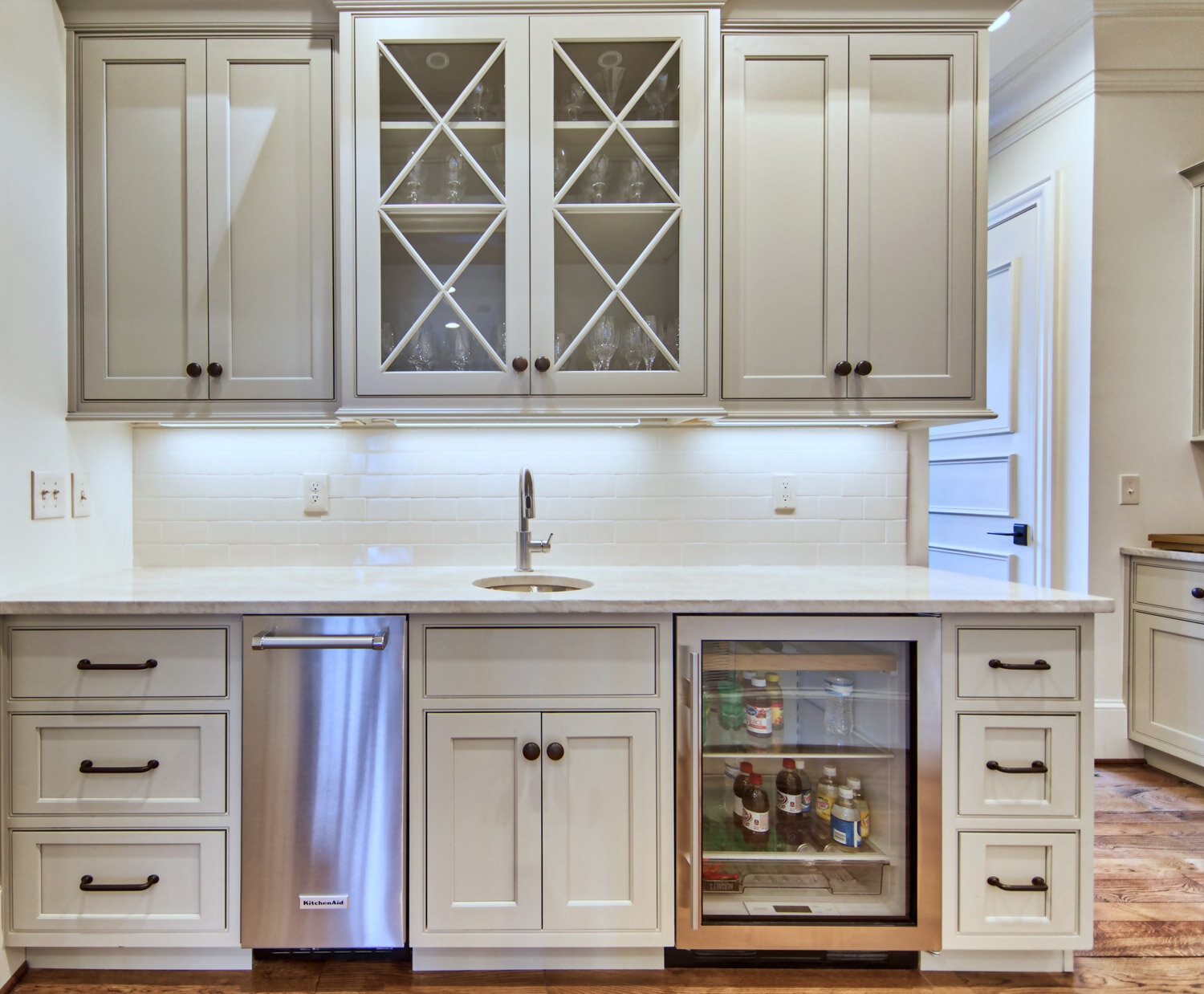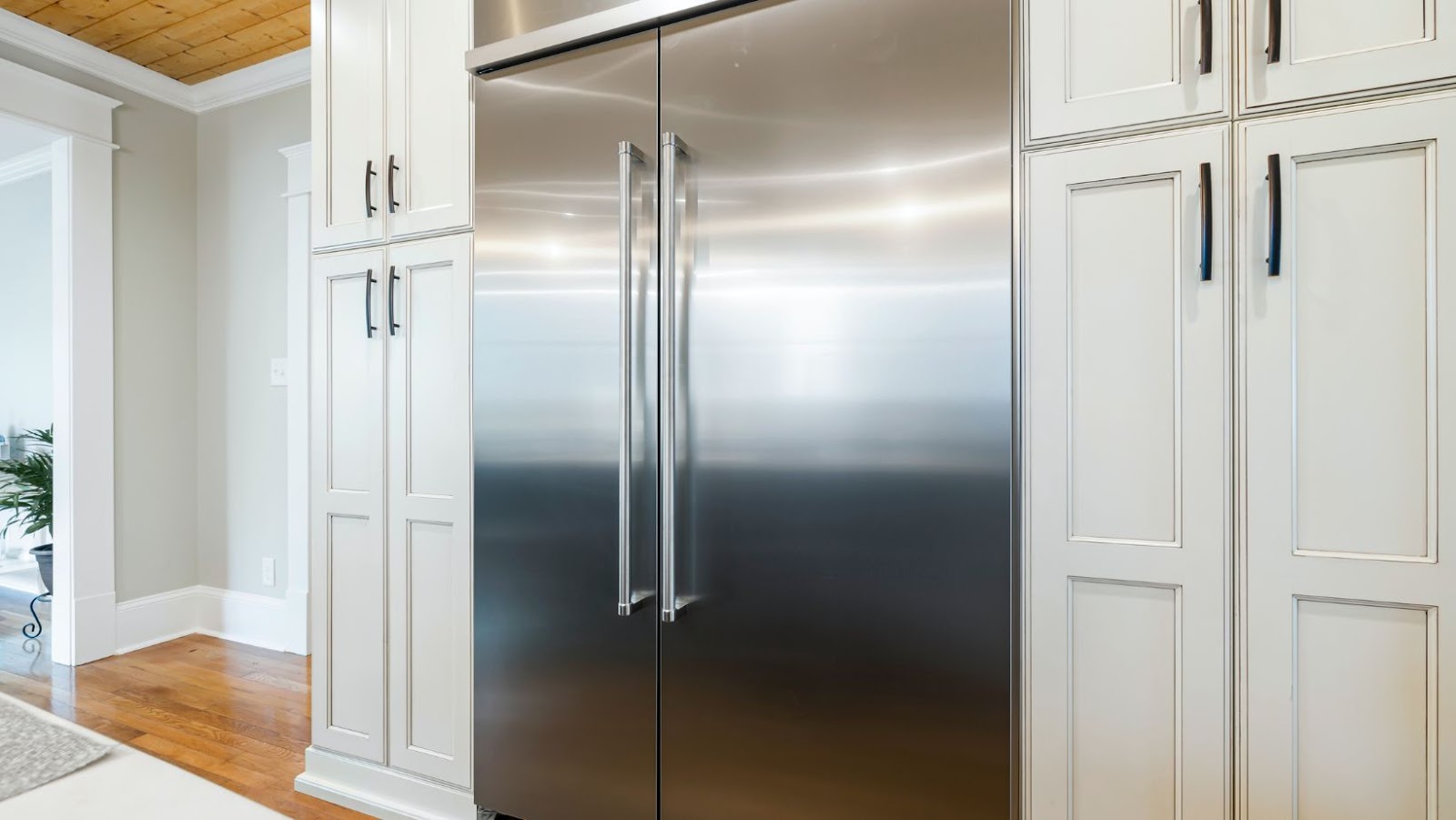Top Cabinet Door Brands Based on World Reviews

Choosing the right cabinet doors can significantly impact the look and feel of your kitchen or bathroom. With so many brands available, navigating the options can be overwhelming. This section highlights three leading brands consistently praised in global online reviews, examining their manufacturing processes, pricing, and customer experiences.
Leading Cabinet Door Brands and Their Manufacturing
Three brands consistently receive high marks in online reviews: Schuler, Conestoga, and Omega. Each employs distinct manufacturing processes that contribute to their varying price points and quality levels. Schuler, known for its high-end, custom designs, often utilizes a combination of traditional craftsmanship and advanced CNC machining for precise cuts and intricate details. Conestoga focuses on a blend of automated processes and skilled labor, prioritizing durability and a classic aesthetic. Omega, targeting a broader market, employs more automated manufacturing techniques to achieve a balance between affordability and quality.
Pricing Structures of Top Brands
The pricing of cabinet doors varies considerably across these brands and depends heavily on the chosen material and style. Schuler, with its custom options and premium materials, generally sits at the higher end of the spectrum. Expect to pay significantly more for their solid wood doors with intricate carvings compared to simpler, painted options. Conestoga offers a middle-ground, with prices varying depending on the wood type (e.g., maple, cherry, oak) and finish. Their solid wood doors are generally more expensive than their thermofoil options. Omega typically offers the most budget-friendly choices, with a wide selection of materials and styles at lower price points. Their thermofoil doors are often the most affordable, followed by their melamine and then solid wood options.
Positive Customer Reviews
The following table summarizes positive customer reviews for each brand, highlighting specific features and experiences:
| Brand | Review Excerpt | Material | Style |
|---|---|---|---|
| Schuler | “The quality is exceptional. These doors are incredibly well-made and the detail is stunning.” | Solid Cherry Wood | Raised Panel |
| Conestoga | “These doors are incredibly durable and have held up beautifully over the years. They look great too!” | Solid Maple Wood | Shaker |
| Omega | “For the price, these doors are amazing. They transformed my kitchen without breaking the bank.” | Thermofoil | Slab |
Material Comparisons: Cabinet Door World Reviews
Choosing the right cabinet door material significantly impacts your kitchen’s aesthetic, durability, and overall cost. This section compares three popular options: wood, thermofoil, and other materials, focusing on their durability, maintenance, aesthetics, and cost-effectiveness. Understanding these differences will help you make an informed decision that aligns with your style and budget.
Wood Cabinet Doors: Durability, Aesthetics, and Maintenance
Wood cabinet doors offer unparalleled beauty and versatility. The natural grain and color variations create a unique, high-end look. Hardwoods like cherry, maple, and oak are known for their durability and resistance to scratches and dents, though softer woods like pine may require more care. Proper sealing and finishing are crucial for protecting wood from moisture and staining. Regular dusting and occasional cleaning with a damp cloth are generally sufficient for maintenance. Wood cabinets suit various design styles, from traditional to contemporary, depending on the wood type, stain, and finish. A kitchen with cherry wood cabinets, for example, might feature a rich, warm tone, while maple cabinets can offer a lighter, brighter aesthetic. Different finishes, from high-gloss to matte, can also significantly alter the visual impact.
Thermofoil Cabinet Doors: Durability, Aesthetics, and Maintenance
Thermofoil, a vinyl covering applied to a substrate (usually MDF or particleboard), offers a more budget-friendly alternative to wood. It’s highly durable and resistant to moisture, making it a practical choice for kitchens. Thermofoil is easy to clean and requires minimal maintenance; a simple wipe-down is usually sufficient. However, it can be prone to chipping or peeling if subjected to significant impact. Aesthetically, thermofoil offers a wide range of colors and finishes, mimicking the look of wood, stone, or even metallic surfaces. A kitchen with thermofoil cabinets in a sleek, white finish might create a modern, minimalist feel, while a wood-grain thermofoil could achieve a more traditional look at a lower cost. The texture is generally smoother than wood, creating a different tactile experience.
Other Cabinet Door Materials: Durability, Aesthetics, and Maintenance
Beyond wood and thermofoil, other materials are gaining popularity, including laminate, melamine, and painted MDF. Laminate offers good durability and water resistance, with a wide variety of patterns and colors. Melamine is similar to laminate but generally less expensive and durable. Painted MDF provides a smooth, clean finish in virtually any color imaginable. Each material offers unique aesthetic and practical considerations. Maintenance requirements vary, with laminate and melamine requiring minimal care and painted MDF needing occasional touch-ups to maintain its finish. A kitchen with sleek, black laminate cabinets could embody a contemporary industrial design, while brightly colored painted MDF could add a bold, playful touch to a more eclectic space.
Material Comparison: Pros and Cons
The choice of cabinet door material involves weighing several factors. Here’s a summary of the pros and cons of each:
- Wood:
- Pros: Beautiful, durable (depending on wood type), versatile, can be refinished.
- Cons: Expensive, requires more maintenance, susceptible to moisture damage if not properly sealed.
- Thermofoil:
- Pros: Affordable, durable, moisture-resistant, easy to clean.
- Cons: Can chip or peel, limited aesthetic options compared to wood.
- Other Materials (Laminate, Melamine, Painted MDF):
- Pros: Variety of colors and styles, generally affordable, easy to maintain.
- Cons: Durability can vary depending on the specific material and quality; may not offer the same aesthetic appeal as wood.
Common Issues and Solutions Based on World Reviews of Cabinet Doors

Online reviews offer a valuable window into the real-world performance of cabinet doors. By analyzing common complaints, we can identify recurring problems and develop effective solutions to improve both the installation process and the longevity of these crucial kitchen components. This analysis focuses on three prevalent issues, detailing their causes and offering practical solutions for both remediation and prevention.
Warped or Damaged Doors
Warped or damaged cabinet doors are a frequently cited problem. This issue stems from several factors, including exposure to excessive moisture, improper installation, and the use of low-quality materials. Moisture can cause wood to swell and warp, leading to uneven gaps and a compromised aesthetic. Incorrect installation, such as not properly securing hinges or using inappropriate mounting hardware, can also contribute to warping and damage over time. Finally, the use of inexpensive, unstable wood or poorly constructed doors can significantly increase the likelihood of warping or damage.
Solutions for warped doors depend on the severity of the damage. Minor warping may be corrected by adjusting hinges or using shims to level the door. More severe warping might require replacing the door entirely. Preventing this issue involves careful consideration of material selection – opting for stable, moisture-resistant woods like maple or oak. Proper installation, ensuring doors are securely mounted and hinges are properly aligned, is crucial. Maintaining consistent humidity levels in the kitchen can also minimize the risk of warping due to moisture fluctuations.
Loose or Sticking Doors
Another common complaint revolves around cabinet doors that are either loose or stick. Loose doors are often a result of poorly installed hinges or loose screws. Over time, the screws can work themselves loose due to vibrations or simply the repeated opening and closing of the doors. Sticking doors, conversely, can be caused by swelling wood due to moisture, paint buildup on the door or frame, or misaligned hinges.
The solution to loose doors is simple: tighten the screws. If the screw holes are stripped, wood filler can be used to repair them before reinstalling screws. For sticking doors, carefully inspect the door and frame for paint buildup or swelling. Sanding down areas of paint buildup or using a cabinet door adjustment tool can resolve sticking issues. Addressing moisture issues, such as improving kitchen ventilation, can prevent wood swelling. Regular inspection and tightening of screws are preventative measures.
Damaged Finishes, Cabinet door world reviews
Many reviews mention damage to the cabinet door finishes, including scratches, chips, and fading. These issues often result from everyday wear and tear, the use of harsh cleaning chemicals, or exposure to direct sunlight. Scratches and chips can occur from accidental impacts or improper handling during cleaning. Fading can be caused by prolonged exposure to ultraviolet (UV) light from sunlight.
Repairing minor scratches or chips may be possible using touch-up paint or specialized wood repair kits. For more extensive damage, replacement might be necessary. Preventing finish damage involves careful handling of the doors and using appropriate cleaning solutions. Avoiding abrasive cleaners and harsh scrubbing is essential. Using UV-blocking window treatments can also minimize fading caused by sunlight.
Preventative Maintenance for Cabinet Doors
| Issue | Cause | Solution | Prevention |
|---|---|---|---|
| Warped Doors | Moisture, improper installation, low-quality materials | Adjust hinges, shims, replacement | Use moisture-resistant wood, proper installation, humidity control |
| Loose or Sticking Doors | Loose screws, swelling wood, paint buildup, misaligned hinges | Tighten screws, sand paint buildup, adjust hinges | Regular inspection, proper installation, moisture control |
| Damaged Finishes | Wear and tear, harsh chemicals, sunlight | Touch-up paint, replacement | Careful handling, appropriate cleaning solutions, UV protection |
